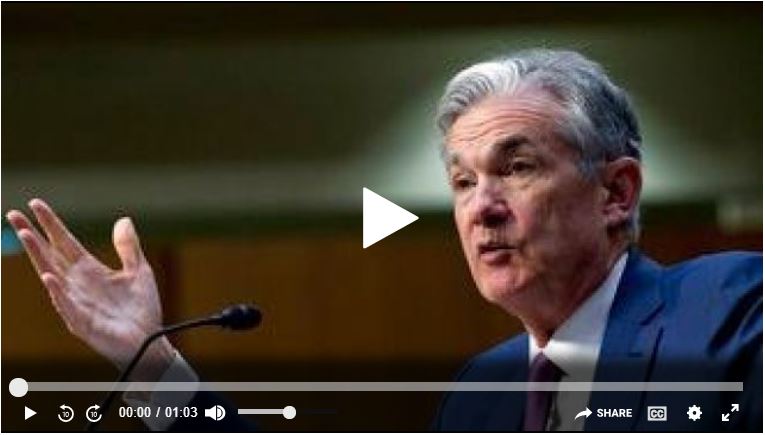Yield Breakout (Threat to Stocks?)
What’s in Today’s Report:
- What Higher Yields Mean for Stocks
- Jobs Report Preview
Futures are moderately lower following hawkish commentary by Fed Chair Powell and ahead of a critical speech on China by VP Pence.
Fed Chair Powell said in a Q&A after the bell that the Fed is a “long way” from neutral rates and may have to go “past” neutral. The comments further pressured bonds overnight and extended the rise in global bond yields.
Politically, VP Pence will deliver a very critical policy speech on China that goes beyond economic criticism, and the concern is the speech will make a trade deal even more difficult to achieve.
Today focus will be on bond yields (does the surge in yields/dollar continue?) as well as the Pence speech on China (just how critical will it be?). Economically, there are two reports, Jobless Claims (E: 213K) and Factory Orders (E: 2.1%) and one Fed speaker, Quarles (8:15 a.m. ET), but none of that should move markets.
Sign-up for a free two-week free trial and get daily concise market updates sent to your inbox at 7 am. Go here to begin your trial.

